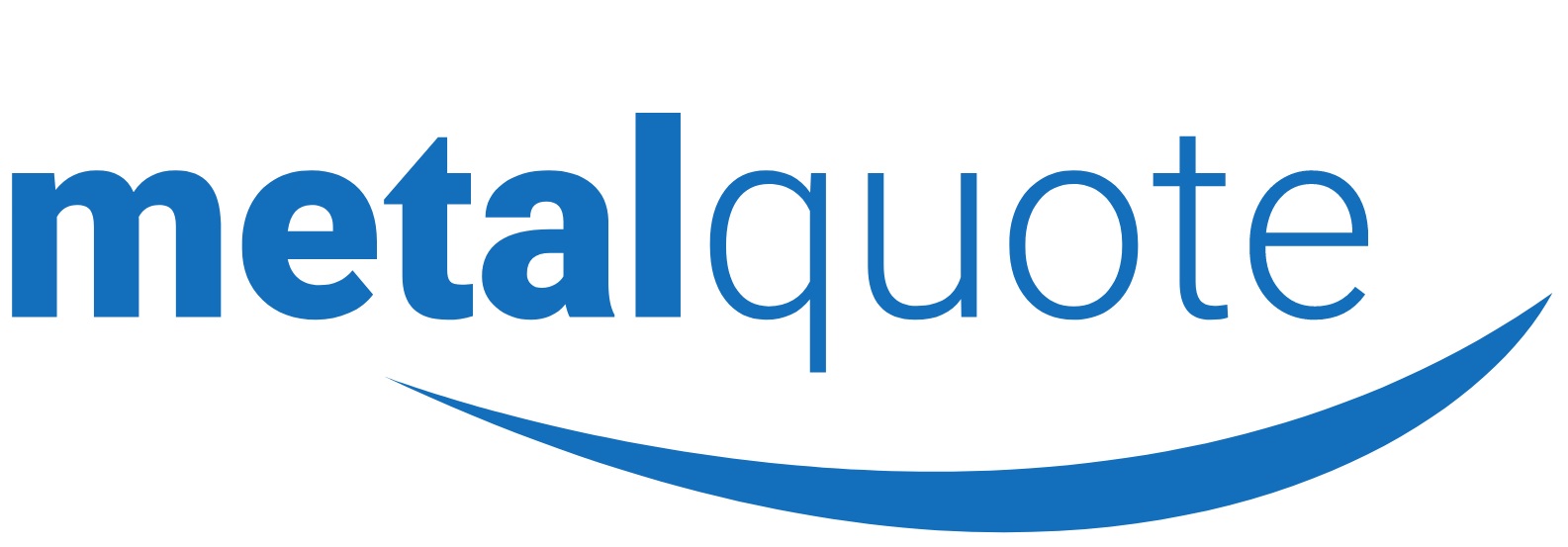LONDON, Aug 6 (Reuters) – Copper prices slid on Monday due to worries about the damage to global economic growth from the trade dispute between the United States and its trading partners and a stronger dollar. Benchmark copper on the London Metal Exchange was down 1.5 percent at $6,113 a tonne. Prices of the metal used widely in power and construction have tumbled more than 15 percent since hitting a 4-1/2-year high of $7,348 in June. “Metal prices are discounting a 25 percent chance of a recessionary event being triggered by trade frictions and that compares with a much, much lower number 2-3 months ago,” said Bernstein analyst Paul Gait. “There hasn’t been any change in fundamentals, which don’t change as rapidly as swings in metal prices would suggest.” TRADE: The latest salvo came from China, which on Friday unveiled tariffs on 5,207 goods imported from the United States, with the extra levies ranging from 5 percent to 25 percent, which analysts say could eventually undermine growth. However, even though items earmarked for the 25 percent tariff include copper ore and concentrates, the quantities involved are not significant for China. “In 2017 the U.S. exported almost 433,000 tonnes of copper concentrate to China, which is only around 3 percent of total imports,” analysts at ING said in a note.
CHINA: China is the world’s largest consumer of industrial metals, accounting for about half of global demand. That includes copper, where demand is healthy, analysts say.
“Grid spending has normalised,” analysts at Bank of America Merrill Lynch said in a note.
“Higher outlays from utilities are particularly supportive this time around because the investment focus has shifted from aluminium-intensive power transmission to copper-intensive distribution networks.”
COPPER STOCKS: Also indicative of robust demand are falling inventories in China, which at 192,817 tonnes in warehouses monitored by the Shanghai Futures Exchange are down nearly 40 percent since early April.
Copper stocks in LME warehouses are at 250,625 tonnes and have fallen more than 35 percent since late March.
DOLLAR: A rising U.S. currency makes dollar-denominated commodities more expensive for non-U.S. firms, which potentially would subdue demand.
CHINA GROWTH: Industrial metals markets are looking ahead to loans, export, industrial production and growth data from China for clues to future demand.
RUSAL: Russian aluminium giant Rusal posted a second-quarter profit of $440 million on Monday, remaining well in the black despite sanctions imposed on the company earlier this year by Washington.
PRICES: Aluminium was unchanged at $2,028 a tonne, zinc lost 2.7 percent to $2,561, lead ceded 1.5 percent to $2,083, tin gained 0.1 percent to $19,615 and nickel slid 1.4 percent to $13,360.

